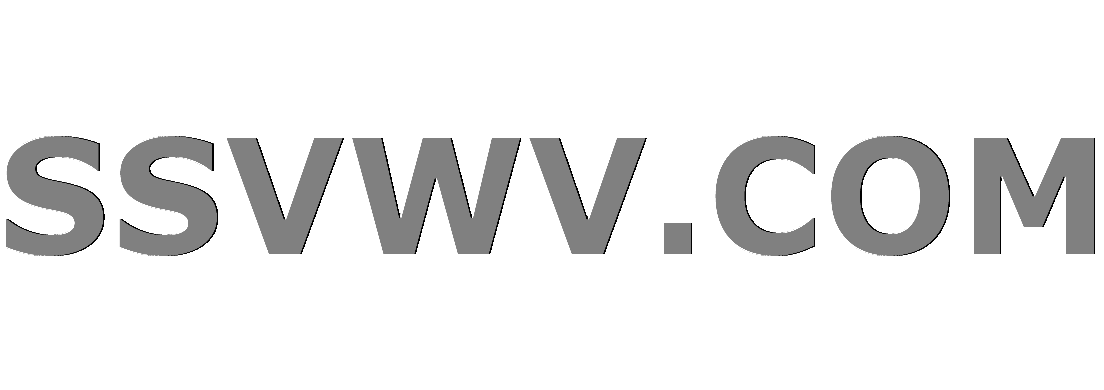How do I suppress my event-handling function from emitting unwanted text?

Multi tool use

 Clash Royale CLAN TAG#URR8PPP
Clash Royale CLAN TAG#URR8PPPHow do I suppress my event-handling function from emitting unwanted text?
I have a PowerShell script that composes a WinForms UI. Here are the pertinent bits:
cls
[void] [System.Reflection.Assembly]::LoadWithPartialName("System.Drawing")
[void] [System.Reflection.Assembly]::LoadWithPartialName("System.Windows.Forms")
Function FormClosed()
{
$global:Canceled = $true
}
$global:MainForm = New-Object 'System.Windows.Forms.Form'
$global:MainForm.add_FormClosed({FormClosed})
$global:MainForm.ShowDialog()
When I run the program, I get a PowerShell console window and the UI (as expected). When I click the main form control box "X", the function FormClosed is invoked (as expected). However, the text Cancel unexpectedly appears in the console window.
FormClosed
Cancel
I put a breakpoint on $global:Canceled = $true in the function FormClosed. At this breakpoint, I step and then I see the execution pointer is on the } in $global:MainForm.add_FormClosed({FormClosed}). I step one more time and the text Cancel appears in the console window. So, I assume that the .NET FormClosed event is firing my FormClosed function (as expected) and my FormClosed function is emitting the text Cancel. I assume the text Cancel originated from the .NET FormClosed event.
$global:Canceled = $true
FormClosed
}
$global:MainForm.add_FormClosed({FormClosed})
Cancel
FormClosed
FormClosed
FormClosed
Cancel
Cancel
FormClosed
How do I suppress my FormClosed function from emitting the text Cancel?
FormClosed
Cancel
1 Answer
1
Cancel is return value from ShowDialog method. You can send it to Null output:
Cancel
ShowDialog
$global:MainForm.ShowDialog() | Out-Null
By clicking "Post Your Answer", you acknowledge that you have read our updated terms of service, privacy policy and cookie policy, and that your continued use of the website is subject to these policies.
